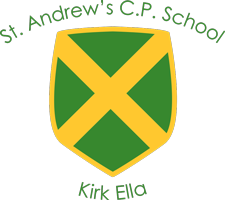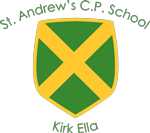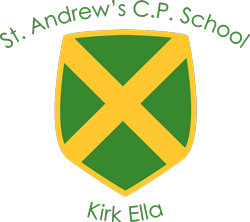Art lessons inspire our children to develop creatively. Our art curriculum provides children with opportunities to develop their skills and understanding using a range of media and materials. Children learn the skills of drawing, painting, printing, collage, textiles, sculpture and digital art. They are given the opportunity to explore and evaluate different creative ideas.
Children are introduced to a range of works and develop knowledge of the styles and vocabulary used by artists. The skills they acquire are applied to their cross-curricular topics allowing children to use their art skills to reflect on and explore topics in greater depth, for example by creating images of the fire of London or sketching historical artefacts in detail. Some areas of art are linked with maths ideas of shape and space, for example printing, repeated patterns and designs. Art can be purposeful as a means of expression, to develop new skills, or to explore the styles of other artists.
Children are encouraged to take risks and experiment and then to reflect on why some ideas and techniques for a particular piece of work are successful or otherwise. Children are not only encouraged to reflect on their work and think about how they could make changes to keep improving, but more importantly, recognise the positive aspects of it and begin to value their own individual expression in a meaningful way. We value the contribution art and design can play in building children’s self-esteem and confidence. Children create artwork which is shared and displayed, showing the skills and progress they have made.
in Art and Design, we implement a curriculum that is progressive throughout the whole school. Teaching and implementation are based on the National Curriculum and supported by carefully planned progression of skills, techniques and use of different media, ensuring a well-structured approach to this creative subject. This skills-based art curriculum, taught throughout the school, gives opportunities for children to express their creative imagination and use artwork to record ideas, observations and experiences linked, wherever possible, to their half termly topics. Children learn about the work of famous, local, national, and international artists as well as experiencing visits from artists and experts to enrich our art provision. We ensure that art is included across each year group, with a level of progression that supports and challenges our children so that they develop positive attitudes` to their art as well as lively, creative, enquiring minds. Children continue to build upon these skills each year.
Art contributes to children’s personal development in creativity, independence, judgement, and self-reflection. Children can see the positive aspects of their work and value its uniqueness. It encourages children to express their ideas creatively and with growing confidence. They develop a sense of ownership over their work and reflect on their experiences through evaluating their progress and development. Children’s art outcomes are proudly displayed around the school. Children show a willingness to participate in a range of artistic opportunities and respond well to this. Children in our school will be able to:
- Use their creativity to express themselves through a range of media
- Work confidently and collaboratively with their peers
- Discuss different artists and their experiences in art and design.
- Transfer their artistic skills to prepare them for future work life.



